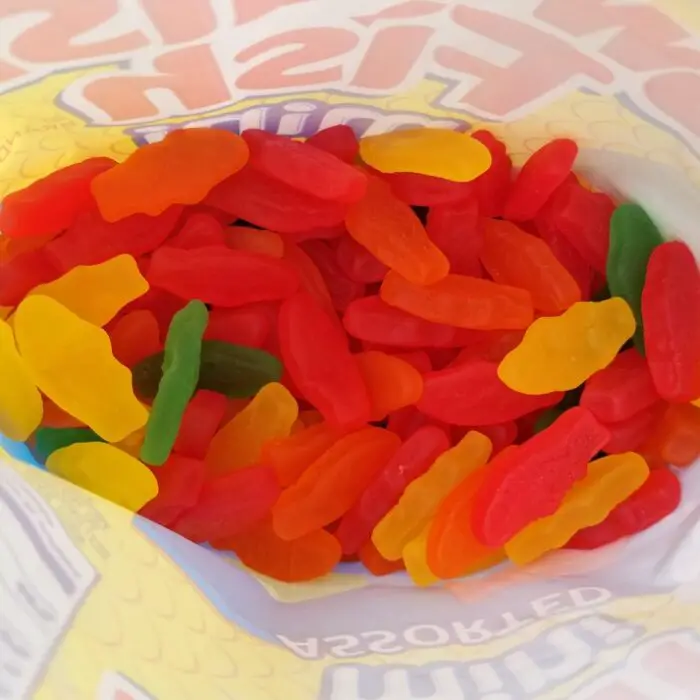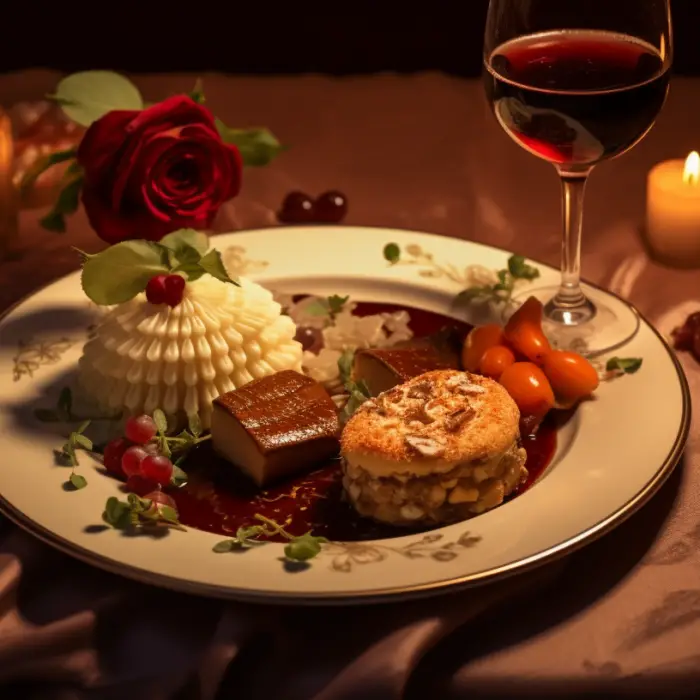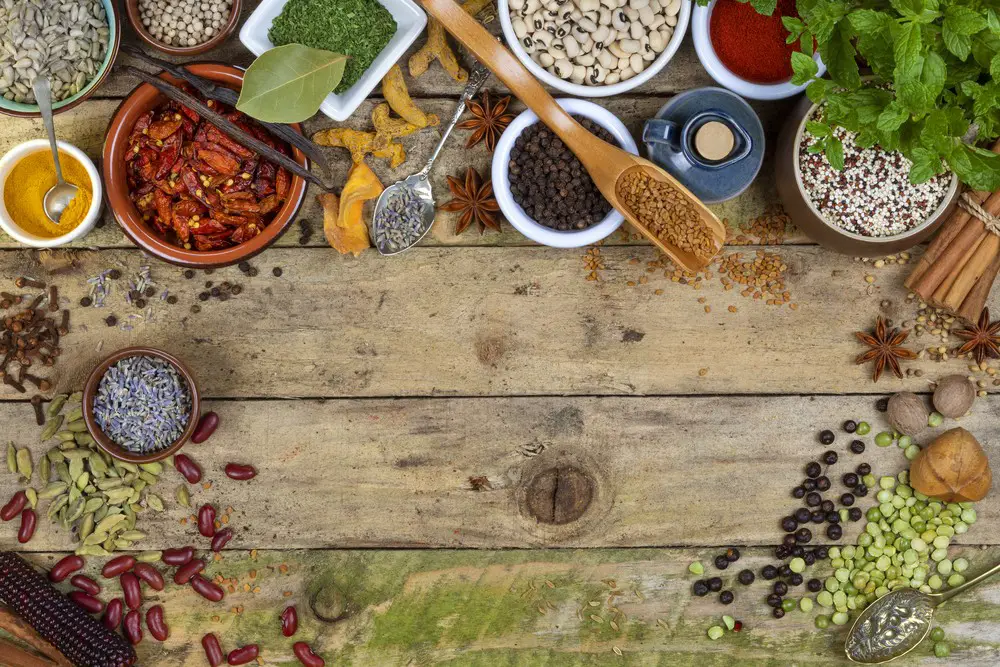In the visual-centric world of culinary presentation, the power of a well-crafted image is undeniable. Vegan cuisine, which often relies on vibrant colors and unique textures, presents an enticing subject for photographers looking to capture the essence of a dish. Image manipulation plays a significant role in enhancing these photographs, allowing subtle details and colors to emerge and effectively communicate the freshness and flavor of the dish.
Culinary photography acts as a bridge between the dish and the diner, especially important for vegan cuisine which might be less familiar to a broader audience. Effective image manipulation techniques can transform a simple snapshot into a mouthwatering invite, highlighting the artful composition and wholesomeness of vegan dishes. It’s not about altering the reality but about ensuring that the visual representation matches the taste and artistry of the culinary creation.
Key Takeaways
- Well-crafted images highlight the vibrancy and textures of vegan dishes.
- Image manipulation enhances the details and colors, showcasing the dish’s appeal.
- Effective photography connects the diner to the essence of vegan cuisine.
Fundamentals of Vegan Culinary Photography
Capturing the vibrant essence of vegan dishes requires an understanding of their unique aesthetics, proper lighting techniques, and the selection of ideal equipment.
Understanding Vegan Food Aesthetics
Vegan cuisine is characterized by its focus on plant-based ingredients, which often results in a palette of naturally vivid colors and diverse textures. Photographers should aim to convey the freshness and nutritive qualities of the food. Strategies to achieve this include:
- Composition: Arrange the food to showcase its textures and layers.
- Color balance: Use complementary colors to make the dish stand out.
Key takeaway: A well-composed shot accentuates the organic beauty, portraying vegan dishes as both appetizing and healthy.
The Impact of Lighting in Vegan Photography
Lighting can make or break a food photograph. It sculpts the subject, defines texture, and sets the overall mood. When it comes to vegan dishes, lighting should enhance the natural appeal of the ingredients.
- Natural light: Use soft, diffused daylight for a warm and inviting look.
- Reflectors and diffusers: These tools help manage shadows and highlights, bringing out the detail in your dishes.
Key takeaway: Good lighting highlights the fresh qualities of vegan food, making it look more enticing.
Choosing the Right Equipment
Investing in the right gear is crucial for high-quality culinary images. A standard kit for vegan culinary photography might include:
- Camera: A DSLR or mirrorless camera with manual settings offers full control.
- Lenses: A macro lens for close-ups and a 50mm lens for general shots are versatile choices.
Key takeaway: The right equipment allows a photographer to capture vegan dishes in sharp detail, appealing to the viewer’s senses.
Image Manipulation Techniques
Mastering image manipulation techniques is critical for accentuating the appealing qualities of vegan dishes, allowing them to shine in photographs with vibrancy and freshness. An understanding of both basic and advanced methods can transform a simple photo into a mouthwatering invitation to taste the dish.
Basics of Photo Editing Software
Before diving into complex techniques, it’s essential to grasp the basics of photo editing software. Tools like Adobe Photoshop and Lightroom offer a range of features to enhance culinary images:
- Cropping: Adjusting the frame to focus on the dish.
- Exposure adjustments: Fine-tuning brightness and contrast to make the vegan dishes pop.
- Sharpening: Enhancing details so textures stand out crisply.
Key Takeaway: Familiarity with these tools lays the foundation for more intricate edits and is the first step toward capturing the essence of vegan dishes.
Advanced Editing for Texture and Color
Texture and color are the life of vegan cuisine photos. Here’s how advanced editing can amplify these elements:
- Selective color enhancement: Boost the greens of spinach or the reds of bell peppers for a vivid display.
- Texture overlays: Adding subtle textures to mimic the tactile feeling of fresh produce.
Key Takeaway: Skillful manipulation of texture and color can convey the freshness and flavor of vegan dishes more convincingly.
Creating a Visual Narrative for Vegan Dishes
Telling a story through images can create a compelling narrative for vegan dishes:
- Contextual elements: Incorporating ingredients and kitchenware to suggest homemade authenticity.
- Focus manipulation: Using depth-of-field to guide the viewer’s eye through the story.
Key Takeaway: A well-crafted visual narrative engages the viewer, inviting them to imagine the taste and story behind a vegan creation.
Ethical Considerations in Image Manipulation
While image manipulation can significantly enhance culinary photos, ethical boundaries should not be overlooked:
- Transparency: Ensuring that edits don’t mislead about the dish’s quality or ingredients.
- Integrity: Maintaining the spirit of the dish, celebrating its vegan nature without artificial exaggerations.
Key Takeaway: Ethical image manipulation respects the dish’s authenticity and the viewers’ trust, preserving the integrity of vegan cuisine.







